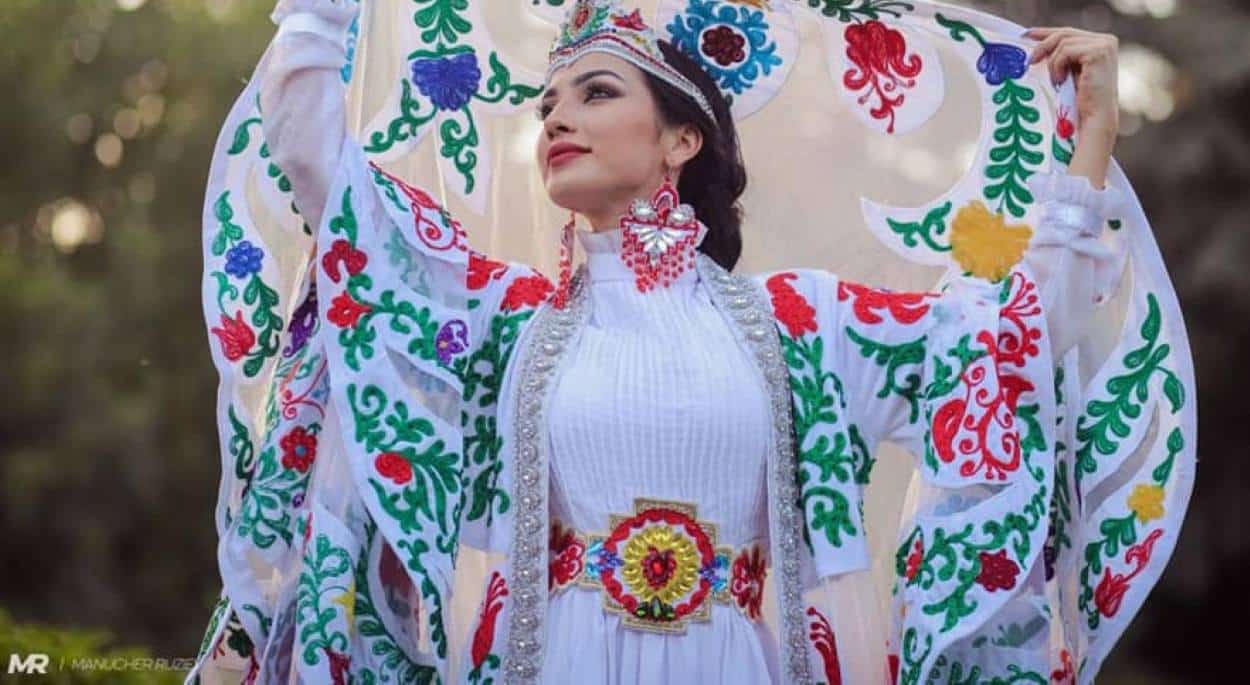Tajikistan announced plans to publish a book updating its dress “guidelines” for women. This move strengthens the secular state’s control over female attire in the Muslim-majority Central Asian nation.
The Tajikistan authorities claim to have reinforced traditional Tajik clothing while curbing foreign influences.
Tajikistan, a former Soviet republic, has long regulated society, especially regarding women’s issues. In recent years, the government banned “clothing alien to national culture” to combat what it calls “radical Islamic influences.” Traditional women’s dress typically features colourful, embroidered, long-sleeved tunics paired with loose trousers.
A new book, set for release in July, will outline updated “recommendations” for girls and women. According to a Culture Ministry official, these rules reflect the country’s heritage.
Khurshed Nizomi, head of the ministry’s cultural institutions and folk craft department, defended the initiative. “Clothing is vital to our national culture,” he told AFP. “Passed down from our ancestors, it remains elegant and beautiful today.”
The government sees these guidelines as a way to preserve identity. However, critics argue that they are another step in policing women’s choices in a tightly controlled society.
The upcoming book signals Tajikistan’s commitment to its traditional dress code. Will it unify cultural pride or spark debate? For now, the state doubles down on shaping how women dress a practice rooted in history yet firmly enforced today.






